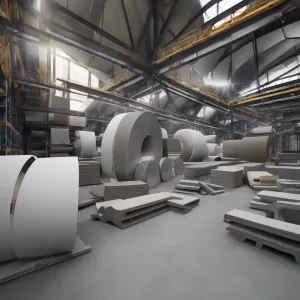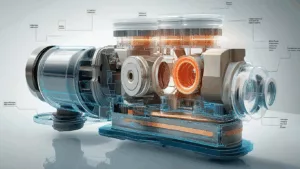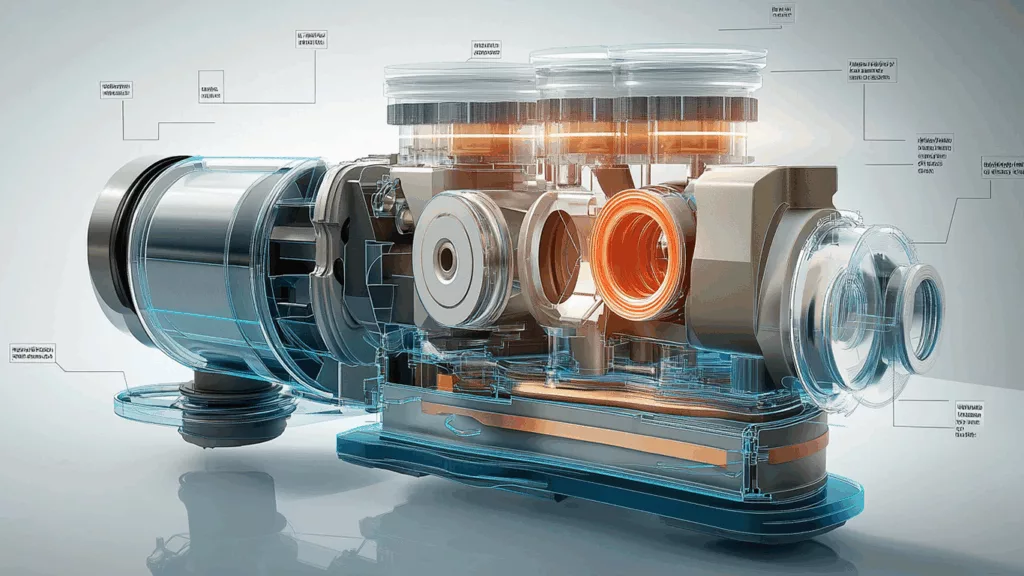Composite materials are a critical yet often understated hero in the heart of technological advancement and innovation. These materials are not just a cornerstone in cutting-edge industries. They are the very fabric that binds together the realm of modern engineering marvels. Today, we’ll explore the world of composite materials. We’ll uncover their pivotal roles across various sectors and demystify the primary substances that give them their extraordinary capabilities.

What Exactly Are Composite Materials?
Imagine a material that harnesses the best traits of its constituents. It transcends the limitations of conventional resources. This is the essence of a composite material. Composites merge two or more distinct materials, embodying a synergy. This synergy boasts enhanced properties unattainable by their individual components alone. Composites are sophisticated because they are diverse and adaptable. This allows engineers to tailor materials to fit specific requirements.
A Symphony of Strength and Versatility
At the core of every composite material, there’s an intricate interplay between the reinforcement and the matrix. The reinforcement element, typically made up of strong, stiff fibers, lends the composite its structural integrity. It’s akin to the steel rebar in concrete, providing the backbone upon which stresses are borne. The matrix, on the other hand, is like the glue of the system—it envelops the reinforcement and ensures that external forces are evenly distributed throughout the material.
The Multifaceted Roles of Composite Materials
- Aerospace: In the quest to conquer the skies, composites provide the strength and fatigue resistance needed for aircraft structures while keeping weight to a minimum.
- Automotive: Modern vehicles benefit from composites in fuel efficiency and safety enhancements without compromising on performance.
- Renewable Energy: Wind turbine blades composed of composites stand tall against relentless winds, converting kinetic energy into clean electricity.
- Medical Devices: From lightweight prosthetics to durable MRI machines, composites ensure patient comfort and device longevity.
- Construction: Composites offer new architectural possibilities, thanks to their moldability and resistance to environmental degradation.
The Backbone of Composite Materials
Matrix Materials
The matrix is the enabler, the component that binds the reinforcements and shapes the form. This can be:
- A polymer (like epoxy resin or polyester) renowned for its versatility and ease of handling.
- A metal providing conductivity and high-temperature performance.
- A ceramic, offering superb heat resistance and hardness.
- Even concrete, used in infrastructural applications for its robustness and durability.
Reinforcement Materials
Reinforcements are the strength-givers and can be:
- Fibers such as glass, carbon, or aramid, each contributing unique tensile properties.
- Particles that enhance wear resistance and thermal properties.
- Flakes that elevate barrier properties and reduce permeability.












